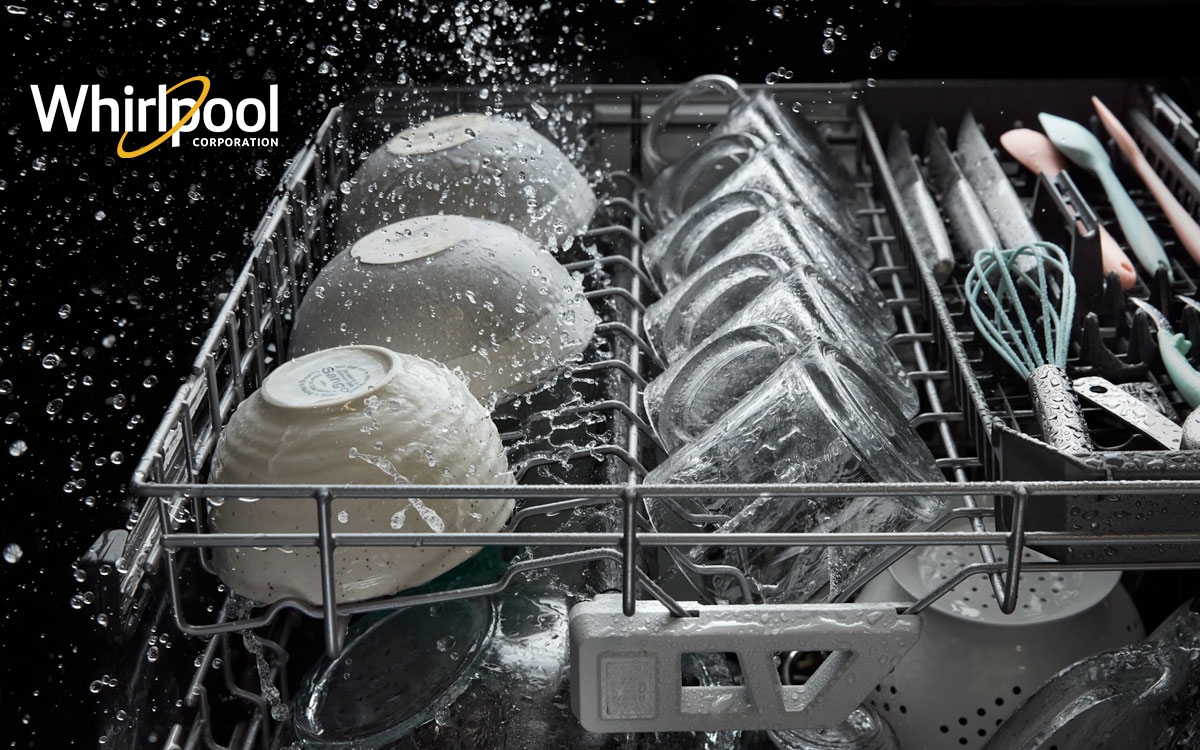
Process saves time, money, and improves quality for consumers
Modern manufacturing has come a long way in the 110 years that Whirlpool Corp. has been doing business. In those early days, engineers would invent products through multiple rounds of trial and error, trying out different components, parts and configurations over and over again to see which designs were the most reliable, efficient and purposeful for consumers.
Today, model shops and prototypes still have their place in manufacturing, but there are many new tools and technologies available to streamline the product development process. One of those is simulation—creating prototypes in the virtual world and testing them there before building a single physical part.
Through simulation, we can understand and predict almost anything that will happen with a product, and we can also prescribe what needs to be done to build the most innovative, purposeful, and highest quality products we can for our consumers.”
Engineering Director Marcelo Minasi leads Whirlpool Corp.’s simulation team globally, and the process was used by his team to develop a new smart dishwasher with a full third rack that provides up to 26 percent more capacity than the two-rack dishwasher.
“As an engineer designing a sprayer for a dishwasher, I can come in with a spray design that has, say, seven nozzles, and that’s what we start to use in testing,” said Lead Engineer Darin Everett. “Then we model it in our simulation software and run tests on different designs, modifying the nozzles along the way, trying different locations, different spray angles, and different nozzle sizes, until we find the best design.”
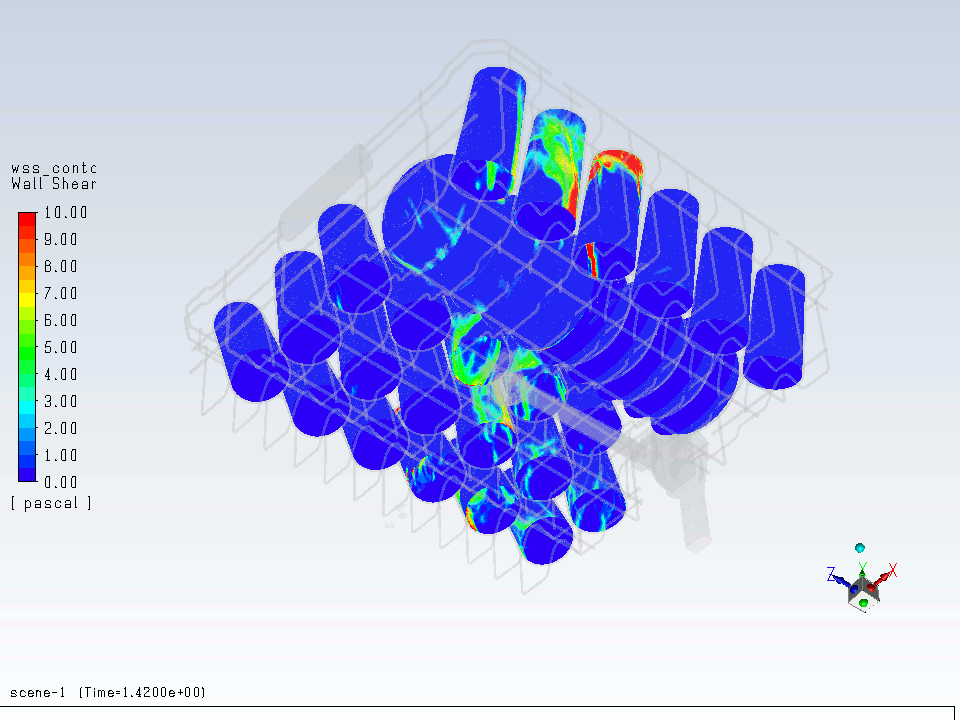
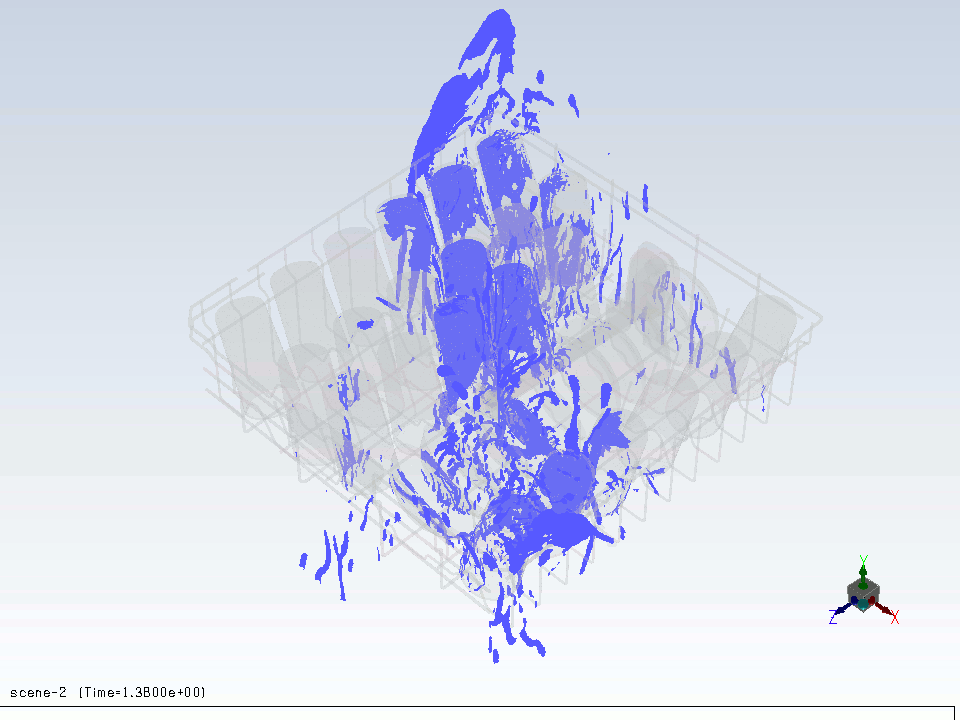
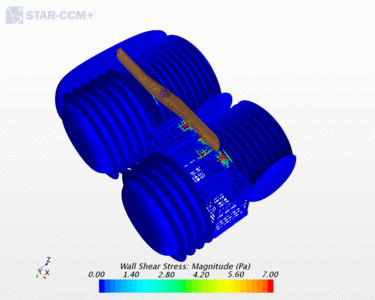
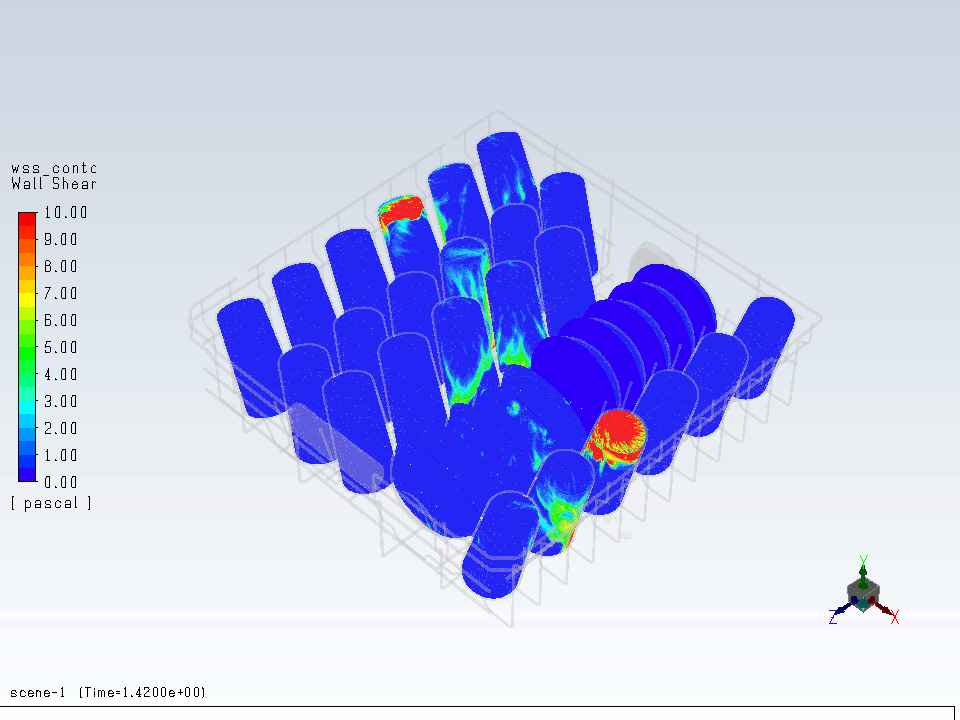

Through simulation, engineers can evaluate many more design concepts than is feasible with physical prototypes; testing the product in a virtual environment to improve product performance, cost, and quality, and to get innovative products to market faster than ever before.
“Since we aren’t building physical prototypes and testing them, we’re spending significantly less time, resources and materials,” said Minasi. “We use high-performance computing systems to solve these large simulation models, as we’d never be able to build hundreds of physical models for testing. Simulation also drives creativity and innovation, allowing engineers to explore thousands of different concepts and reach the best ones.”
In the case of the third rack dishwasher, the simulation process allowed the engineering team to figure out how to redesign components, move them around, and make them more efficient, in order to create the maximum amount of room for a full additional rack, (rather than a small rack with room only for utensils and other small items). Simulation was also used to test different configurations of dishes, glasses, cups, bowls, utensils, and silverware of all sizes to maximize the number of dishes that can be loaded in the dishwasher.”
“We were able to evaluate several hundred thousand different configurations of dishwasher loads, based on typical family dishwashing, not just in the U.S., but in Europe as well,” said Everett. “We used this data to drive the configuration and spacing of the dish racks to maximize the capacity of the dishwasher.”
Simulation can even test predictive noise levels and the effectiveness of different dishwashing detergent, as well as tests of the product’s packaging, known as “drop tests.”
“Through simulation, we can understand and predict almost anything that will happen with a product,” said Minasi, “and we can also prescribe what needs to be done to build the most innovative, purposeful, and highest quality products we can for our consumers.”
Virtual simulation was a key piece in helping Whirlpool Corp. to design a true third-level-rack for recent dishwasher launches around the globe. Due to its success in this and other projects, simulation-based design will continue to help reduce time to market in product development and in innovating new ways to improve life at home for consumers.